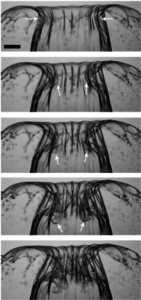
Abstract:
We present new observations from an experimental investigation of the classical problem of the crown splash and sealing phenomena observed during the impact of spheres onto quiescent liquid pools. In the experiments, a 6 m tall vacuum chamber was used to provide the required ambient conditions from atmospheric pressure down to 1/16th of an atmosphere, whilst high-speed videography was exploited to focus primarily on the above-surface crown formation and ensuing dynamics, paying particular attention to the moments just prior to the surface seal. In doing so, we have observed a buckling-type azimuthal instability of the crown. This instability is characterised by vertical striations along the crown, between which thin films form that are more susceptible to the air flow and thus are drawn into the closing cavity, where they atomize to form a fine spray within the cavity. To elucidate to the primary mechanisms and forces at play, we varied the sphere diameter, liquid properties and ambient pressure. Furthermore, a comparison between the entry of room-temperature spheres, where the contact line pins around the equator, and Leidenfrost spheres (i.e. an immersed superheated sphere encompassed by a vapour layer), where there is no contact line, indicates that the buckling instability appears in all crown sealing events, but is intensified by the presence of a pinned contact line.
Citation and Link:


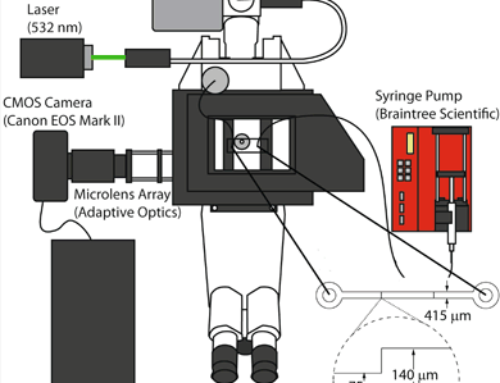
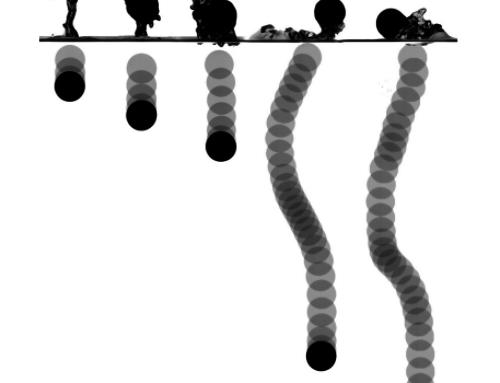

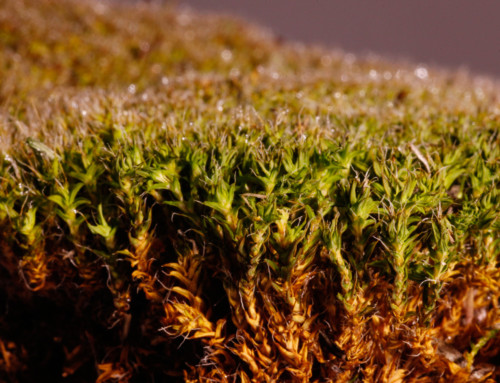
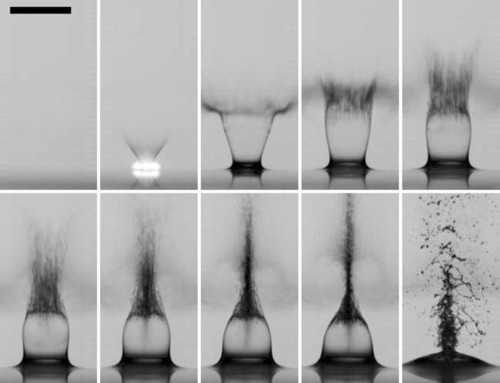
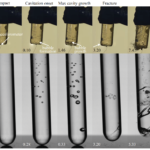
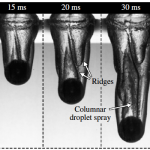
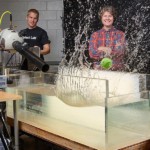
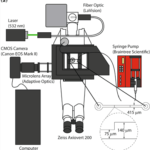
Recent Comments